A new method of creating aerogels can produce up to 70 times more hydrogen than other means! This could help enable hydrogen power at greater scales.
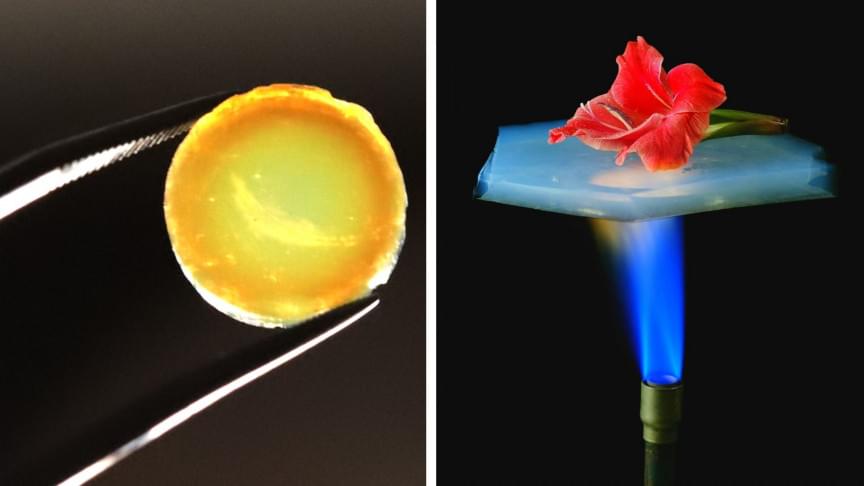

A new method of creating aerogels can produce up to 70 times more hydrogen than other means! This could help enable hydrogen power at greater scales.

For many of us, this is a part of the year when we are acutely aware of time and timekeeping, even more so than usual. Thanks in part to the changing of clocks I talked about in my last post, it gets dark much earlier, and there’s another month or so to go of the days getting shorter and the nights longer (in the northern hemisphere, anyway; if you’re in most of South America, much of Africa, or Australia, enjoy your long summer days…). We’re also coming into the cluster of solstice-related holidays— Hanukkah started last night, and Christmas is fast approaching— so a lot of kids are counting down days, and adults juggling family and social commitments and trying to find time to shop for gifts. The preceding might make this seem like a particularly Western preoccupation. That’s true in a narrow sense— the holidays of the moment are Jewish and Christian, and there’s nothing all that significant happening in, say, the Muslim world for the next couple of months— but in fact basically every human culture we know much about has devoted significant energy to the tracking of time. Full Story:
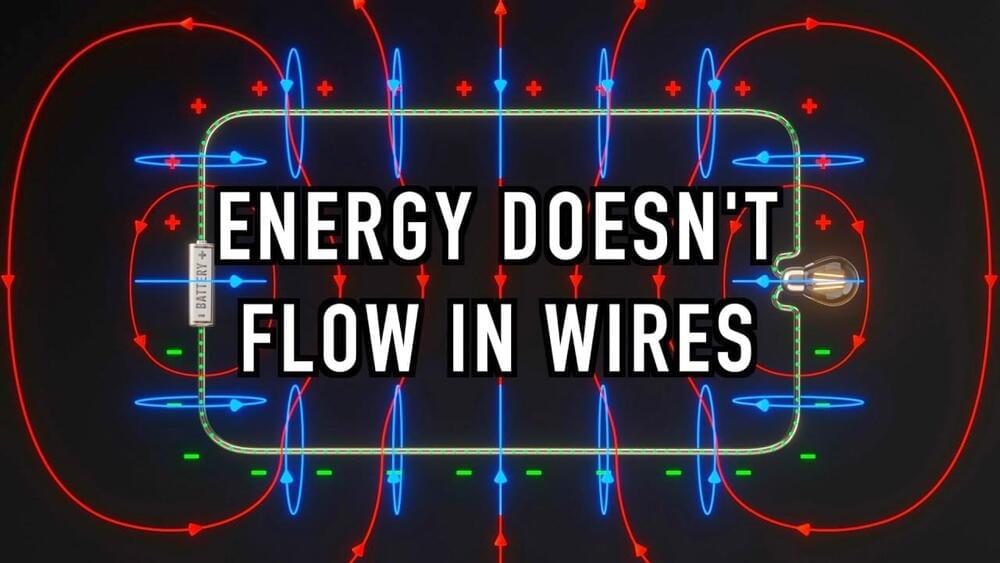
Prepare to be Baffled.
The misconception is that electrons carry potential energy around a complete conducting loop, transferring their energy to the load. This video was sponsored by Caséta by Lutron.
Further analysis of the large circuit is available here: https://ve42.co/bigcircuit.
Special thanks to Dr Geraint Lewis for bringing up this question in the first place and discussing it with us. Check out his and Dr Chris Ferrie’s new book here: https://ve42.co/Universe2021
Special thanks to Dr Robert Olsen for his expertise. He quite literally wrote the book on transmission lines, which you can find here: https://ve42.co/Olsen2018
Special thanks to Dr Richard Abbott for running a real-life experiment to test the model.
Huge thanks to all of the experts we talked to for this video — Dr Karl Berggren, Dr Bruce Hunt, Dr Paul Stanley, Dr Joe Steinmeyer, Ian Sefton, and Dr David G Vallancourt.
▀▀▀
References:
A great video about the Poynting vector by the Science Asylum: https://youtu.be/C7tQJ42nGno.

The extra juice comes from a secret ingredient…corn starch.
Could a simple materials change make electric car batteries able to four times more energy? Scientists in South Korea think so. In a new paper in the American Chemical Society’s Nano Letters, a research team details using silicon and repurposed corn starch to make better anodes for lithium ion batteries.
This team is based primarily in the Korea Institute of Science and Technology (KIST), where they’ve experimented with microemulsifying silicon, carbon, and corn starch into a new microstructured composite material for use as a battery anode. This is done by mixing silicon nanoparticles and corn starch with propylene gas and heating it all to combine.
Using biowaste corn starch is already pretty popular, with products like biodegradeable “corn plastic” cutlery, packaging, and the infamous nontoxic packing peanut. The same qualities that make corn starch attractive in these applications apply to the silicon anode project. Existing lithium-ion batteries use carbon anodes, and scientists know silicon would work better in many ways but have struggled to stabilize the silicon enough for this use to be practical. “To enhance the stability of silicon, Dr. Jung and his team focused on using materials that are common in our everyday lives, such as water, oil, and starch,” KIST wrote in a statement about the paper.

Google’s cybersecurity team warns that this is neither the first nor the last time.
Cryptomining is a very energy-intensive process with analysis by the University of Cambridge showing that Bitcoin consumes more electricity than the entire country of Argentina. Now, Google has released a new report stating that malicious cryptocurrency miners are using hacked Google Cloud accounts for mining purposes.
The report is called “Threat Horizons” and it aims to help organizations keep their cloud environments secure.
“While cloud customers continue to face a variety of threats across applications and infrastructure, many successful attacks are due to poor hygiene and a lack of basic control implementation. Most recently, our team has responded to cryptocurrency mining abuse, phishing campaigns, and ransomware,” wrote Google in an executive summary of the report.
“Given these specific observations and general threats, organizations that put emphasis on secure implementation, monitoring, and ongoing assurance will be more successful in mitigating these threats or at the very least reduce their overall impact.”
Full Story:
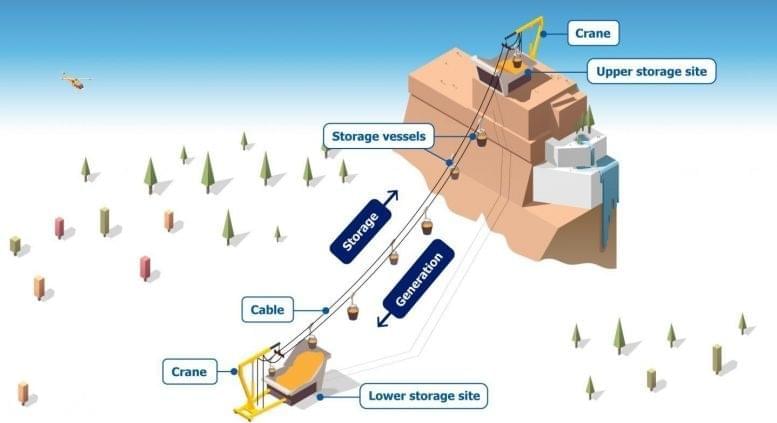
Can we use mountains as gigantic batteries for long-term energy storage? Such is the premise of new research published in the journal Energy.
The particular focus of the study by Julian Hunt of IIASA (Austria-based International Institute for Applied Systems Analysis) and his colleagues is how to store energy in locations that have less energy demand and variable weather conditions that affect renewable energy sources. The team looked at places like small islands and remote places that would need less than 20 megawatts of capacity for energy storage and proposed a way to use mountains to accomplish the task.

12:10 minutes.
But United States Department of Agriculture (USDA) food scientists, working with a team at the University of California-Berkeley, have a method that could help solve this problem. Normal food freezing, called isobaric, keeps food at whatever pressure the surrounding air is. But what if you change that? Isochoric freezing, the new method, adds pressure to the food while lowering temperature, so the food becomes cold enough to preserve without its moisture turning into ice. No ice means no freezer burn. And, potentially, a much lower energy footprint for the commercial food industry: up to billions fewer kilowatt-hours, according to recent research.
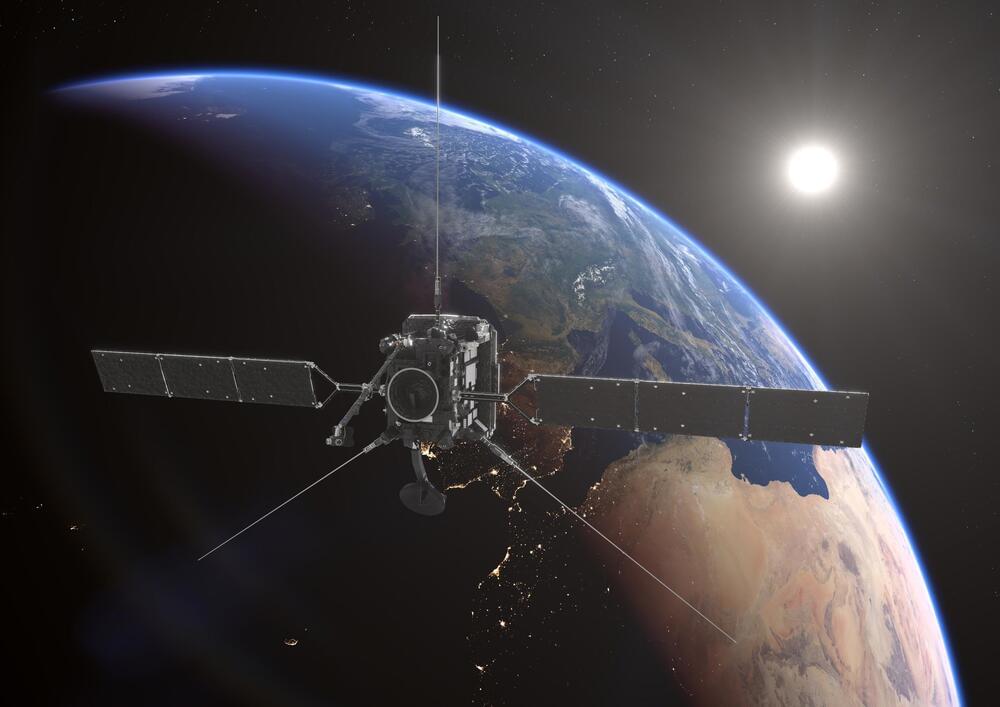
The chance that ESA’s Solar Orbiter spacecraft will encounter space debris during its upcoming Earth flyby is very, very low. However, the risk is not zero and is greater than any other flyby ESA has performed. That there is this risk at all highlights the mess we’ve made of space – and why we need to take action to clean up after ourselves.
On November 27, after a year and eight months flying through the inner Solar System, Solar Orbiter will swing by home to ‘drop off’ some extra energy. This will line the spacecraft up for its next six flybys of Venus.
Venus, the second planet from the sun, is named after the Roman goddess of love and beauty. After the moon, it is the second-brightest natural object in the night sky. Its rotation (243 Earth days) takes longer than its orbit of the Sun (224.7 Earth days). It is sometimes called Earth’s “sister planet” because of their similar composition, size, mass, and proximity to the Sun. It has no natural satellites.
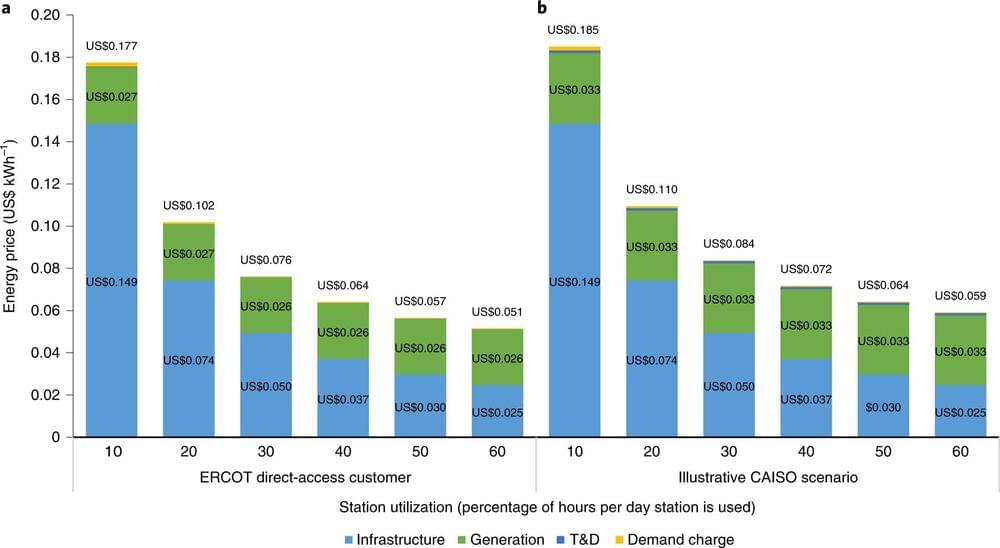
A small team of researchers from Lawrence Berkeley National Laboratory and the University of California has found that battery-powered trains could become economical as soon as 2023. In their paper published in the journal Nature Energy, the group argues that improved battery technology and cheap, renewable energy could soon allow battery power to compete with diesel fuel to power trains. Federico Zenith with NTNU, Trondheim, has published a News & Views piece in the same journal issue outlining the reasons for converting trains to battery power and gives an overview of the work done by the team on this new effort.
Trains, as Zenith notes, haul approximately 40 percent of intercity freight in the U.S., and sending things by train is cheaper than using trucks. Most of the freight trains in the U.S. run on diesel fuel, he states, spewing approximately 0.6 percent of total U.S. carbon emissions. In this new effort, the researchers suggest that switching to battery power could prevent these emissions.
Electric trains in the U.S. get their power from overhead lines—a system that is expensive and inefficient. The team suggests that batteries could provide a better option; more specifically, they claim that a single locomotive equipped with a 14-megawatt battery system would be sufficient to replace a train powered by a diesel engine. They further claim that such a locomotive could carry a train approximately 240 kilometers on a single charge. This would consume half the energy of a diesel-powered train. And if the battery is charged using a renewable resource, it would reduce the carbon footprint of an electric train to zero.

Keisha S., a health and energy coach from the Caribbean nation of Antigua and Barbuda, just won a free trip to suborbital space with Virgin Galactic.